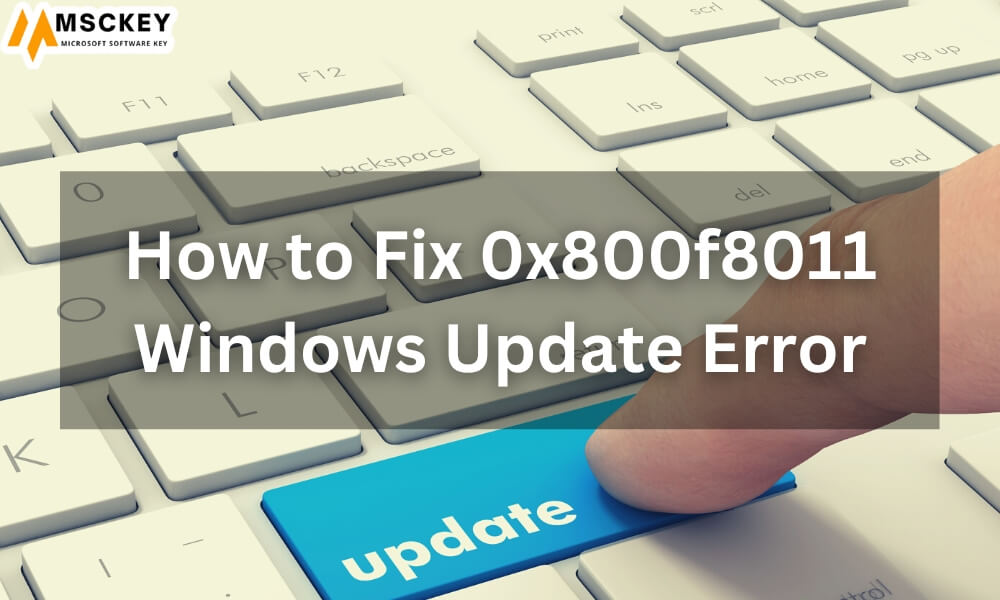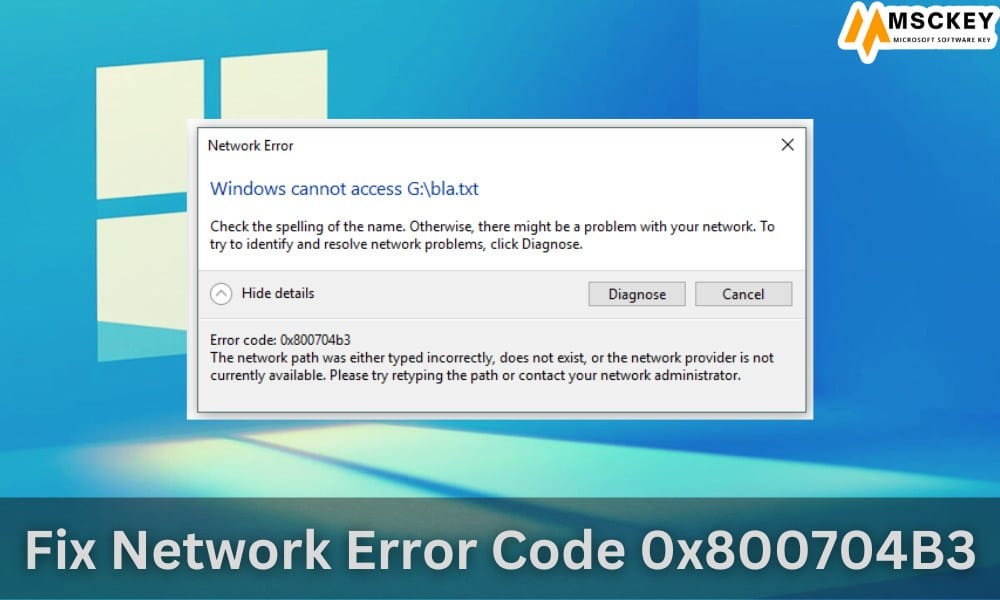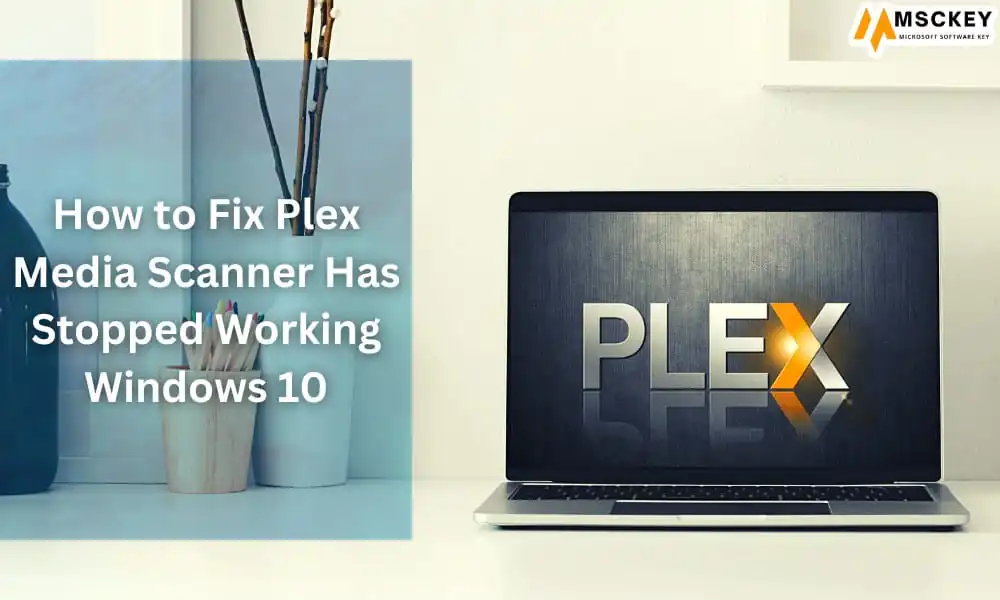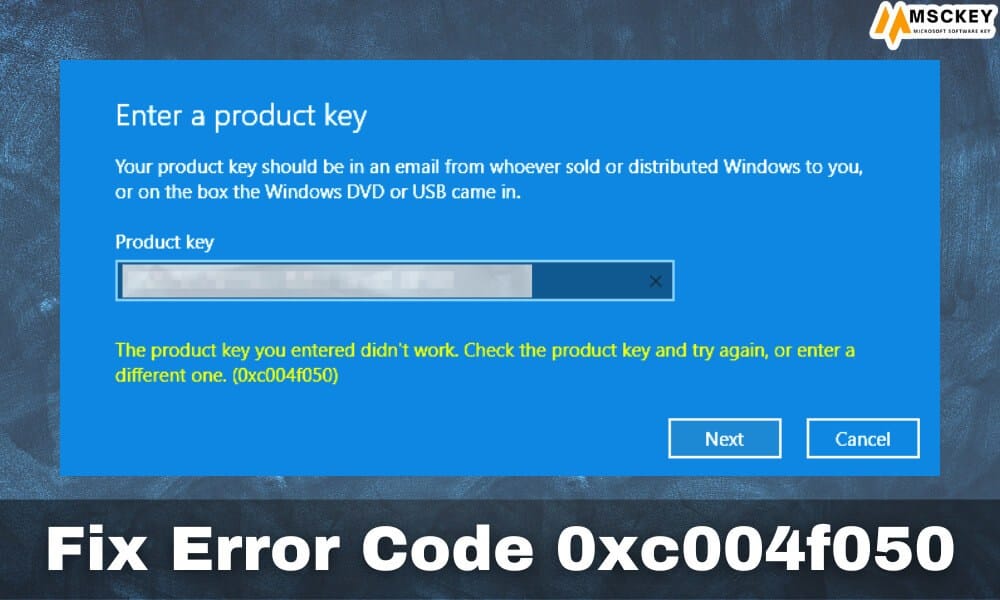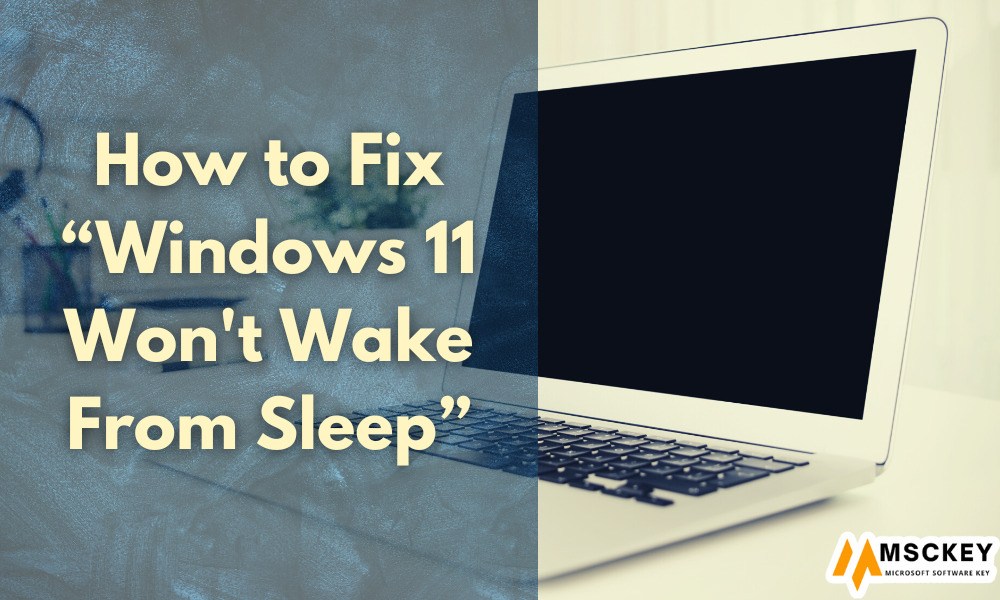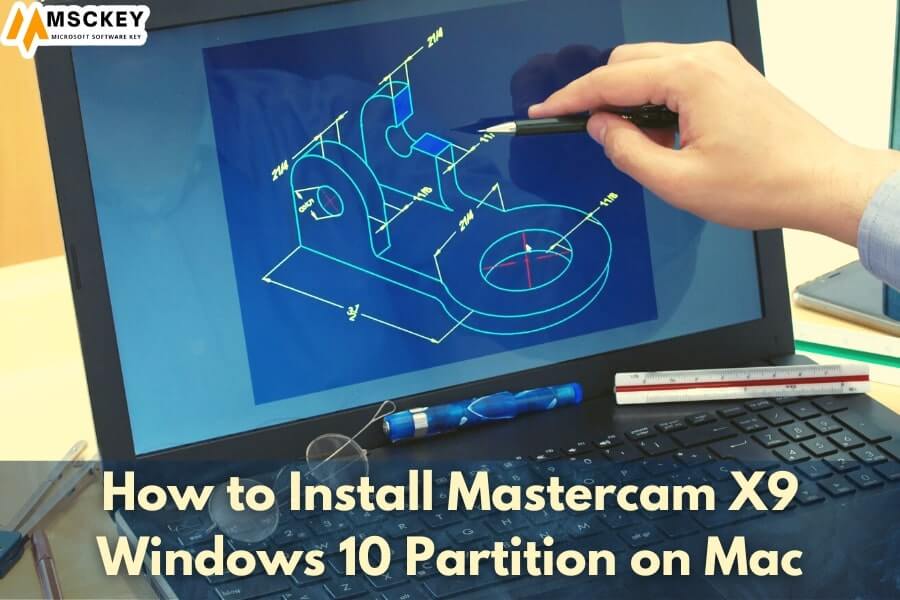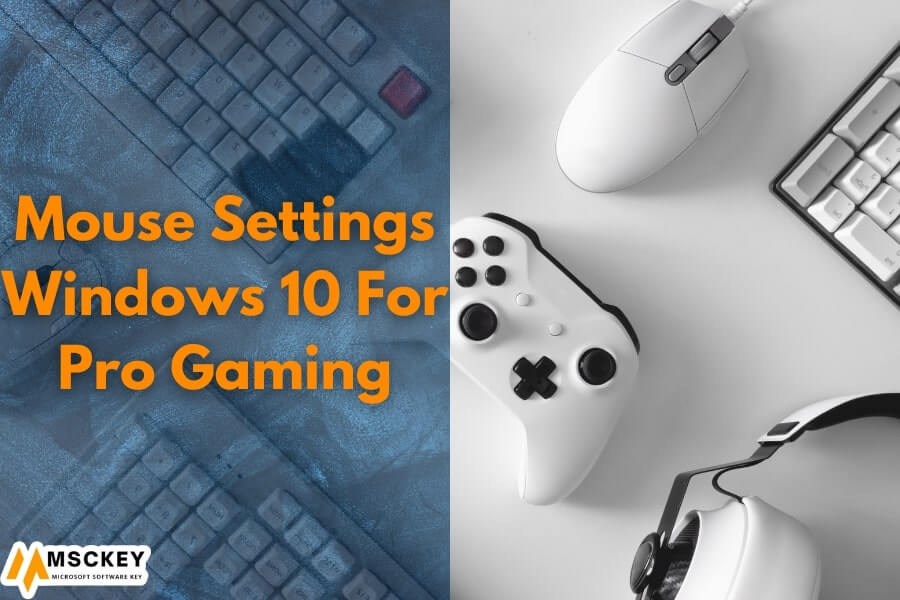How to Fix a “Getting Windows Ready” don’t turn off your computer
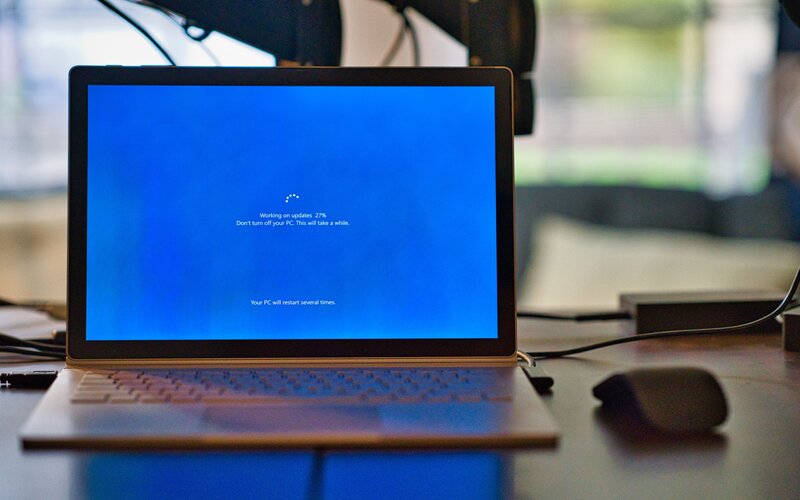
Updates to Windows 10 have a reputation as taking a long period of time for downloads and installation. As if that weren’t bad enough for you, certain updates get stuck in the process. In this case then you’ll see the “Getting Windows ready” screen will likely continue to spin indefinitely.
This “Getting Windows ready” blocked issue typically occurs in the event that an upgrade fails to function for no reason. In some cases the issue gets more severe as file corruption plays an essential role.
What is the reason that causes and How to Fix a “Getting Windows Ready” ?
This could happen due to many causes, including incorrect installations, malicious or an incompatible application.
The main cause of this issue is the an error in Windows install files. When your PC restarts before Windows complete installation is completed, as in corrupted files can develop.
If malware has caused disruption to the upgrade procedure, Windows may become stuck in “Getting Windows ready” prompt and vice versa.
The below are the most frequent reasons for getting delayed “Getting Windows ready” screen error:
- System files that are damaged
- A boot device that is not correct is selected The computer’s hardware gets damaged.
- Infection by malware
- Your computer’s hardware does not support Windows 10 compatible.
- Problems with the internet connection and the network
It’s likely that a range of causes such as those mentioned above, could be interfering with how well our computers run.
But, some have been found as more probable than other, resulting in numerous possible solutions.
What can I do to remove that “Getting Windows ready” error?
It’s a fact that Windows 10 is stuck on the “Getting Windows ready” screen You’re stuck. It’s either waiting for Windows to complete whatever it’s doing, or you can troubleshoot the issue.
Let’s see what steps you can do to resolve this frustrating issue.
Method #1: Wait a few minutes more.
Do not shut off your computer when you find yourself in a situation where your system can’t install updates. Microsoft always suggests to wait until Windows upgrade your computer. It’s likely that your computer may take a while to finish these tasks. You can sit back for hours as your system is at work.
If, however, you’ve spent a decent period of time, for instance two to three hours but the screen hasn’t gone away, you might want to consider a different approach.
Method #2: Disconnecting the Internet Connection
When you are presented with the ‘getting Windows ready’ dialog box, it typically indicates either it could be that Windows has installed an upgrade that was previously downloaded via the internet, or Windows is now getting additional information via the internet. Unplug your internet connection temporarily (either turn off your router or disconnect the Ethernet wire) and then wait for several minutes to see if this helps.
Method #3: Utilize Systems Restore and System Image Recovery
If you’ve utilized Windows repair tools to create an System Restore point or a backup of your system image, if your computer has stopped at “Getting Windows ready” prompt think about restoring it to its original state by through your restore point.
- It is available for download on their website. Microsoft Media Creation Tool is available for download on their site. When you launch it, you are able to create an Windows Installation media (USB installation drive or CD/DVD disc).
- Start the computer using your boot disc or USB drive you created. After setting the time, language and keyboard method Click Repair your computer.
- To exit getting out of the “Getting Windows ready” loop to get out of the “Getting Windows ready” loop, start through the System Restore wizard and follow the instructions on screen. You are capable of restoring to manually created or an automated restore point.
You may be able to navigate the confusing screen once you’ve restored your system. Remember that you could lose some of your data and applications.
Method #4. Start your PC
If you turn off the computer it cleans all the data that is in memory, however it doesn’t affect the data stored on the hard drive.
A computer’s power-cycling is a simple way to resolve issues that are causing problems with “Getting Windows ready” screen that will not go away.
The issue could occur during beginning of the process for various reasons, such as damaged data, which we’ve explained.
A power reset on your device might be able help you in this. Let’s take a take a look at the steps needed to help pull Windows from its stale state:
Hit the Power button to stop your computer. The screen turning completely black and the computer’s fan not spinning are excellent indications that the computer has shut down.
Remove all devices, comprising USB flash drives external hard drives and headphones. Unplug your computer’s power cord or adapter too.
If your laptop comes that has an detachable battery. Remove the battery from the compartment.
- Hold and press the Power button in your laptop for around 30 seconds, removing any remaining charge remaining from the capacitors.
- Replace the battery in your notebook (if you have removed it before) and then reconnect your power cable. But, don’t re-plug any USB devices right now.
- To boot your computer, press power until the start-up screen is displayed. It is now time to determine if the issue that caused Windows 10 stuck at “Getting Windows ready” screen has been resolved “Getting Windows ready” screen is now fixed.
If you’re connected to your laptop, you’ll be able to connect all your peripherals as well as other USB devices.
Method #5: Use the System File Checker application
The corrupted system files could cause major problems for your operating system, for example, that boot loop. It is the System File Checker (SFC) is an integrated tool in Windows 10 that can assist in solving problems.
It is able to identify and fix damaged files on its own.
- In normal circumstances, you’ll normally use normally the Command Prompt to access the System File Checker. But, since you aren’t able to start on your PC, it will need use another method. Put in a boot disk or USB drive you have prepared to boot your computer. Select repair your system, and then Troubleshoot using the menu dropdown.
- The screen will find various advanced options. Choose Command Prompt from the drop-down menu, and then just wait until it begins to start loading. A black pop-up window will be displayed in your browser.
- To execute this command type the command and then press Enter to enter the command.
scannow/sfc
Do not wait until the verification process is completed. If the progress bar reaches 100% then you’ll know that it’s completed. After that, reboot the computer to check whether it’s still running the “Getting Windows ready” loop continues to occur.
Method #6: Use the Check Disk Utility
Check Disk Check Disk (CHKDSK) program that you can install on your computer allows you to resolve issues related to your drive.
- In WinRE select Command Prompt.
- The following command can be typed at the prompt for command:
- To launch using the Check Disk utility, press Enter. When the command prompt asks you to demount the drive, type Y enter.
The CHKDSK procedure could be as long as an hour. If the issues with disks are resolved, attempt to load Windows 10 again.
Method #7: Fix the Windows 10 startup Windows 10
Due to that issue, the computer will be unable to open the Windows fully-loaded screen which prevents users from accessing their desktop normally. This is how the problem occurs. Windows Startup repairs are the best and most effective method to solve problems with startup that prevent Windows from starting up and keep it from starting.
It is necessary to boot from the Windows 10 bootable USB or DVD in order to finish the startup repair. If you don’t have one You can make one by following the link below. Once you’re done to install the installation DVD, simply insert it and then turn on your system with the help of the power button. To access the system’s Boot Menu Press the F8 or the F10 key (depending on the system you’re using). Then, based on the device, select the Boot option and choose USB or DVD.
The computer will display windows Installation screen. Do not go through the initial screen and move to the next and you’ll see the option of fixing your computer. Select Troubleshoot > Advanced options , and then click on”Start-up Repair” in order to start Windows.
Let startup repair completely identify the issue. After the repair is completed, Windows will restart and begin to work normally. If the repair procedure isn’t able to fix your PC because the startup repair was not successful, go with the following step.
Method #8: Remove Updates
If you are experiencing the “Getting Windows Ready” error persists, it is recommended to delete the latest update that created the issue.
- In WinRE Choose Uninstall Updates.
- Select Uninstall any quality upgrade that has been released in order to eliminate any minor updates that have been released as well Uninstall latest feature upgrade to get rid of the most recent major update.
- If it did then you are able to postpone Windows 10 upgrades for now.
Method #9: Reset the device back to factory defaults
If all else doesn’t be working, a complete factory reset is almost certain to resolve the issue. If you do not choose to save your data the system wipes clean and then installs Windows 10 as if it were the first day!
It is one of the tools to fight blocked disks, as well as other problems that could make computer use difficult or even ineffective.
For those who wish to keep the track of their documents and other personal data, “Keep my files” is the best choice.
“Remove everything,” on the contrary, ensures that your previously installed programs and files are destroyed prior to installing Windows.
It includes saved games and changes you’ve made since your OS has been installed!
We highly recommend that you back up your essential data prior to doing an initial reset. You can choose to backups to a local hard drive, USB drive or even to the cloud.
Utilizing cloud-based services such as Google Drive, Dropbox, and OneDrive to store your files to the cloud can be the best option.
It is also possible to visit our website soon since we plan to post additional informative articles on Windows 10 and other technology subjects. Interested? Have a look at some of our latest articles right here!
What can I do if my computer is stuck in Windows Ready?
If you’re struggling to get Windows prepared Try one of these methods at one moment:
- You can simply wait for a bit.
- Restart your computer following closing it and deleting any corrupted update files.
- Set the computer back up or restore it.
- How long do I have to wait before I update on Windows 10?
It is recommended to wait for about two to three hours generally advised. If Windows up and running is not working even after time is over then stop and go to troubleshooting steps.
Why is it taking so long to get start the windows 10?
If you see the message “Getting Windows ready, don’t turn off your computer,” your system could be running background tasks like installing and downloading files, initiating the Windows 10 updating process altering the application and module settings as well as other such actions. Depending on the quantity of applications installed on your computer it could require a while to complete these tasks.


